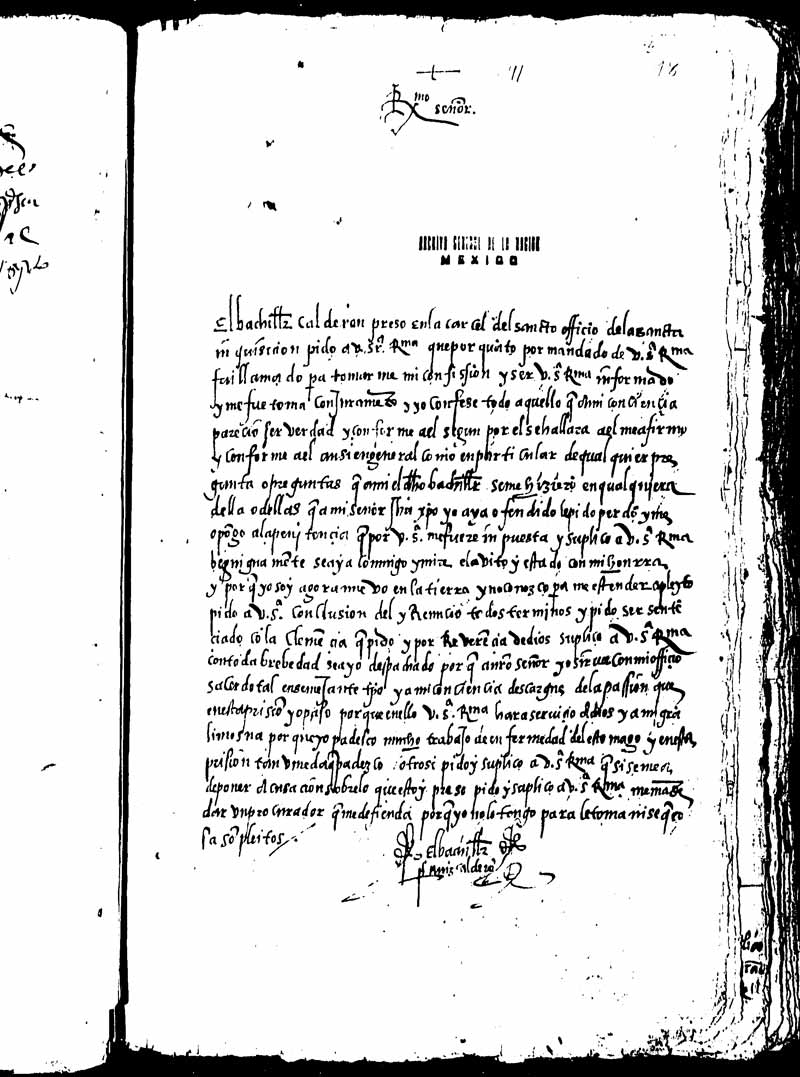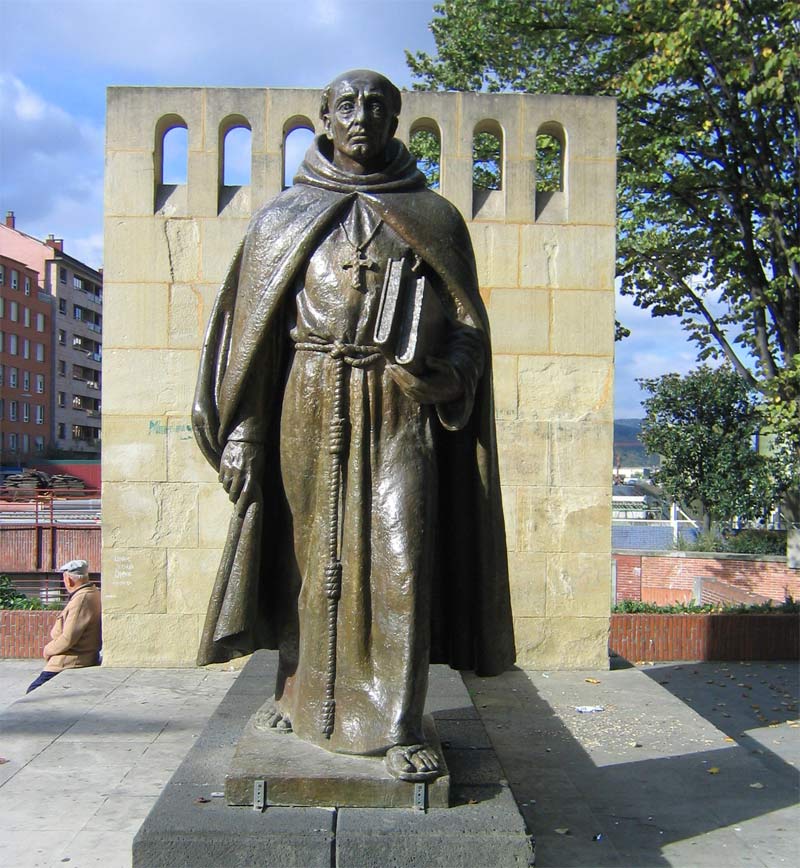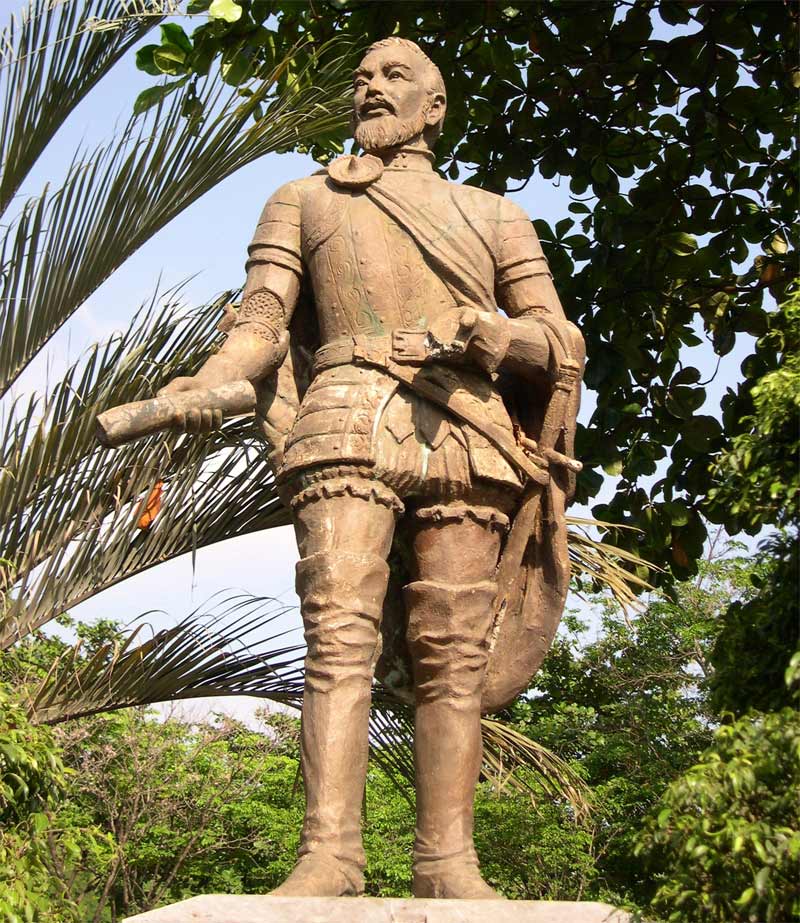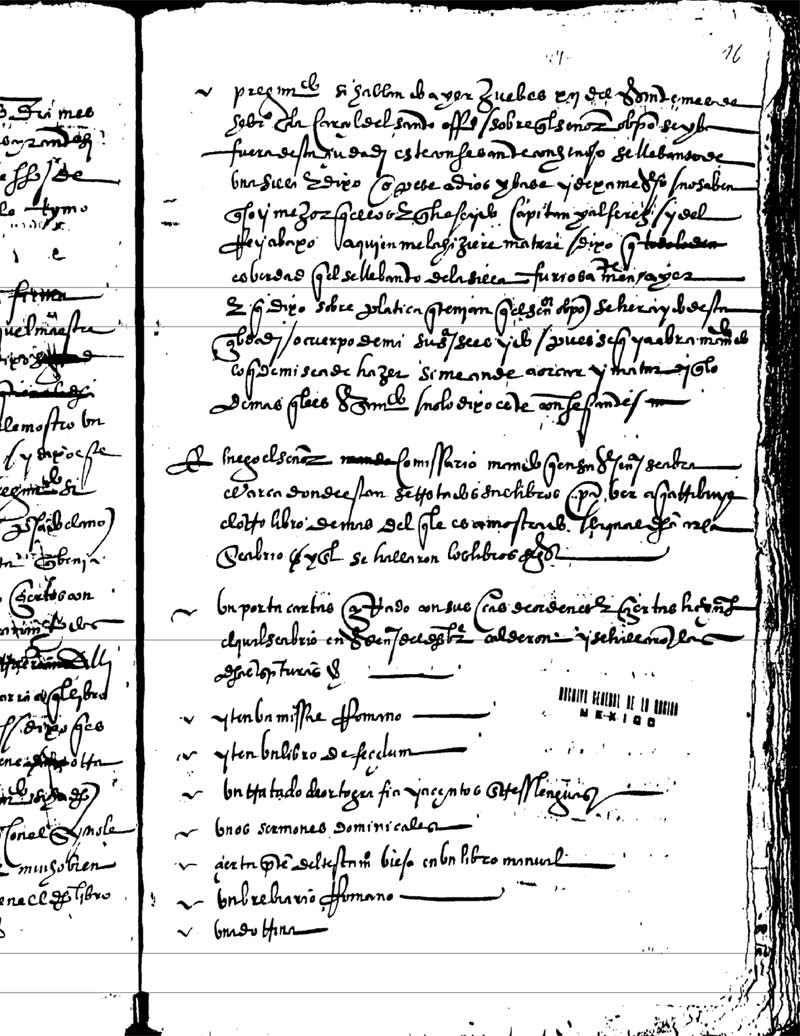Album: A Priest Who Performed Black Magic
Trial Records

A cover page for the Calderon trial documents. The priest claimed to be able to teleport between continents, make himself invisible, make women love him, turn metals into gold and find buried treasure, among other capabilities.
Priest With Superpowers?

Pedro Ruiz Calderon was a Catholic priest who claimed to have acquired superpowers by practicing the black arts. On Jan. 30, 1540, he was put on trial for it in Mexico City. The trial records, all in Spanish, run for over 100 pages, one of which is shown here.
The Archbishop

The man who prosecuted Calderon was Fray Juan de Zumarraga (his statue is shown here), the archbishop of Mexico and Apostolic Inquisitor of New Spain. For reasons unknown he gave Calderon a light sentence, prohibiting him from saying mass for two years and exiling him back to Spain.
Secretary of the Holy Office

At the time of the trial Miguel Lopez de Legazpi was the Secretary of the Holy Office (an administrator). He would later lead an expedition to the Philippines and become a famous conquistador. At the beginning of Calderon's trial he denounced him in a speech. This statue of de Legazpi is near Cebu City in the Philippines.
Finding Treasure

The list of books goes on. Among them was a work by Dr. Arnaldo de Villanueva called the "Treasure of Treasures." As its name suggests it was supposed to help people find buried treasures.
Reading Ciphers

Included in the trial records is a list of books Calderon was found with. The most puzzling material was a group of archival letters written in a special cipher that Calderon claimed to be able to read, no one else could.
Get the world’s most fascinating discoveries delivered straight to your inbox.

Owen Jarus is a regular contributor to Live Science who writes about archaeology and humans' past. He has also written for The Independent (UK), The Canadian Press (CP) and The Associated Press (AP), among others. Owen has a bachelor of arts degree from the University of Toronto and a journalism degree from Ryerson University.
